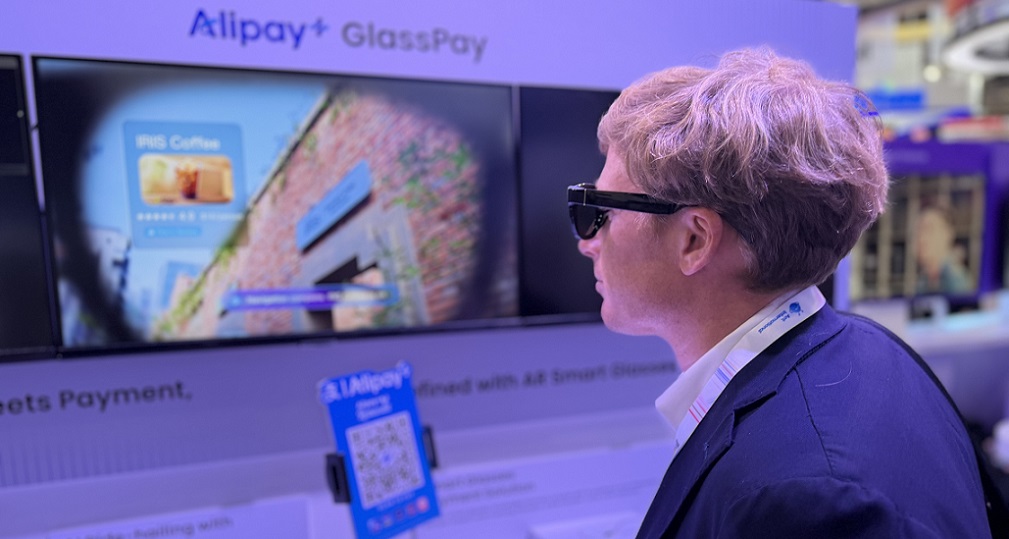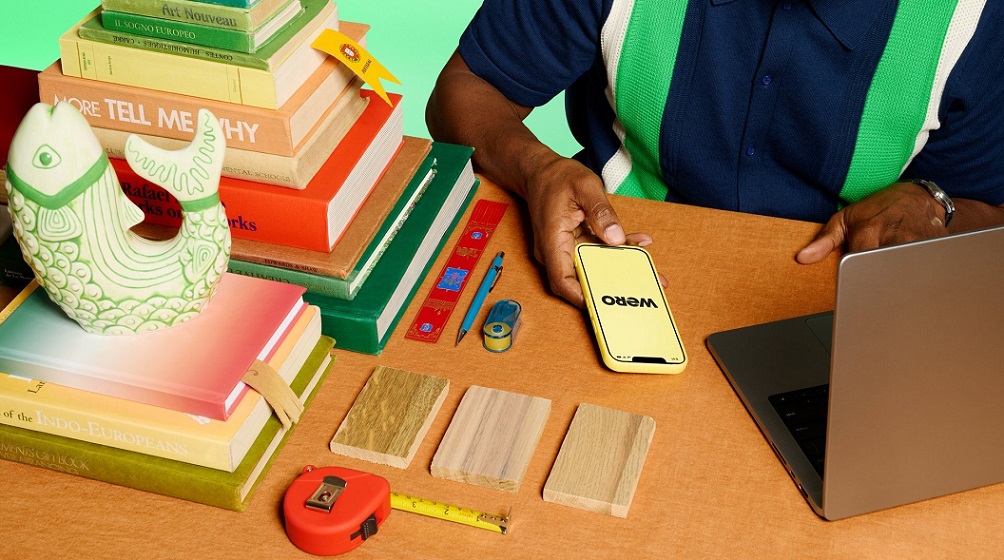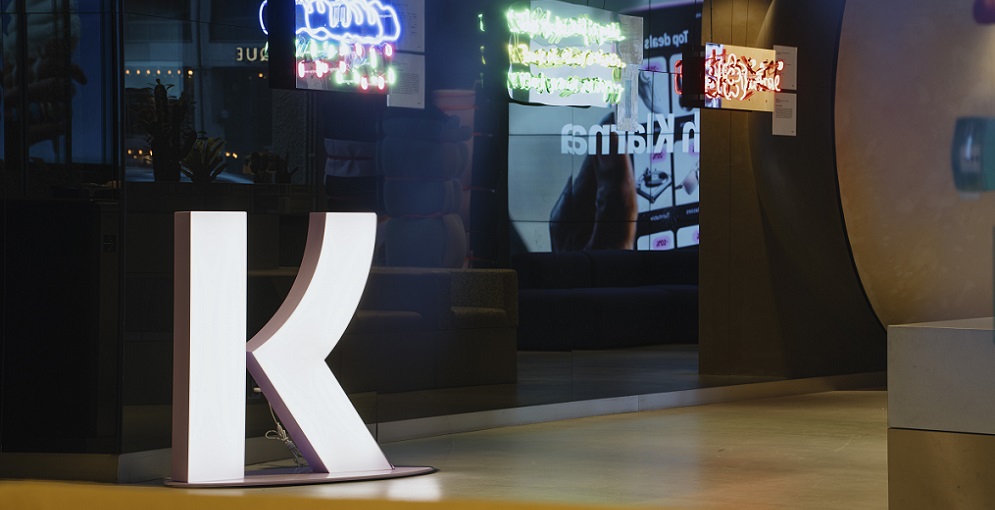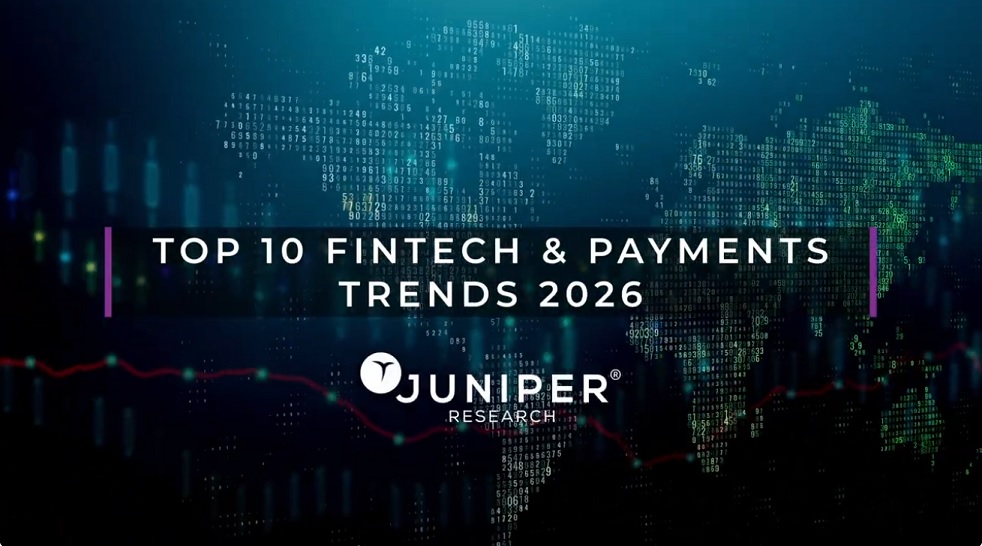PwC study: social media is not a major traffic driver to online stores
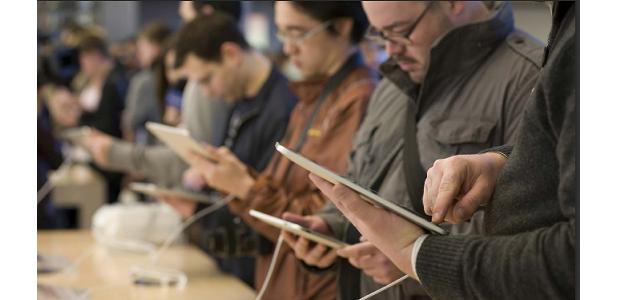
While digital technology continues to reshape the way companies and consumers interact, social media is not replacing the in-store shopping experience, according to a new report by PwC titled, Demystifying the Online Shopper: 10 Myths of Multichannel Retailing. Based on a survey of more than 11,000 shoppers globally, the study debunks the conventional wisdom about online consumer behavior and helps companies better measure their approach to multichannel retailing.
Shoppers today have access to multiple channels throughout their shopping experience, with many resources available before making their final purchase decisions. According to the report, 49 percent of survey participants said they use social media every day, but only 12 percent are using social platforms to shop. Instead, a significant 59 percent use social media to follow, discover and give feedback on brands and retailers.
PwC found that social media is not a major traffic driver to online stores, as 45 percent of consumers continue to shop in a physical store daily or weekly. „Retailers should have realistic expectations when it comes to channels and devices, as shopping trends may not change drastically and social media and tablets are likely not taking over any time soon according to our survey respondents,” said Susan McPartlin, PwC’s U.S. retail & consumer sector leader.
 „While many forecasts point toward devices and social media dominating in retail, companies today need to utilize their multiple channels to engage with consumers and use social media as a marketing and communication tool to create value. Our report finds that the physical store remains the centerpiece of the purchase journey, while devices are used significantly for product research and deals.”
„While many forecasts point toward devices and social media dominating in retail, companies today need to utilize their multiple channels to engage with consumers and use social media as a marketing and communication tool to create value. Our report finds that the physical store remains the centerpiece of the purchase journey, while devices are used significantly for product research and deals.”
Some figures from the study highlight that although social media and mobile applications are of rising importance, they have by no means replaced physical stores or shopping online via a PC. Only 10 percent of respondents said social media had led them directly to an online shopping site while 17 percent never buy online. PC’s still rule the roost, with 97 percent saying they had used a PC when shopping online, compared to 28 percent who had used tablets.
The local picture is perhaps different again. Online shopping via any device does not appear to be very advanced in Romania, so if the promised future is yet to arrive elsewhere, then it seems likely it is even further away from the local market. “In Romania, online retail is still in its infancy, yet the potential is there and we expect to see a steady growth in online sales over the next few years”, said Bogdan Belciu, Management Consulting Services Partner with PwC Romania.
The report addresses 10 myths about multichannel retailing and captures some ideas that companies can consider to keep up with their customers:
* Myth 1: Social media will soon become an indispensable retail channel Social media isn’t likely to become an important retail channel anytime soon and currently is a driver for more shopping across all channels, not just online stores.
* Myth 2: Stores will become mainly showrooms in the future. For most companies, the physical store remains the centerpiece of the purchase journey. However, companies need to determine how to best drive purchase activity across all of their channels both physical and online. There still is a place for the store to be a showroom-as a supplement for online pure players, rather than a new model for brick-and-mortar retailers.
* Myth 3: The tablet will overtake the PC as the preferred online shopping device Tablets and smart phones won’t catch up any time soon as these devices are used at the end of the purchase journey, particularly in-store, while shopping.
* Myth 4: As the world gets smaller, global consumers are becoming more similar A wide range of local differences in consumer behavior exists, and retailers still need to cater to local trends.
* Myth 5: China is the future model for online retail China is at the forefront of some key trends, but its multichannel and online model is unique to the culture, as shopping habits are dramatically different in China.
* Myth 6: Domestic retailers will always enjoy a ‘home field’ advantage over global retailers Foreign retailers are making inroads into consumers’ lists of favorite multichannel retailers. However, retailers need to keep in mind that it’s not just the local base of domestic retailers they compete with, but with global players as well.
* Myth 7: Global online pure players will always enjoy a scale advantage over domestic online pure players Many domestic online pure players are holding their own as they have better access to local market knowledge.
* Myth 8: Retailers are inherently better positioned than brands, as they are closest to the customer Consumers are shopping directly from manufacturers and many no longer distinguish between retailers and their favorite brands. Retailers need to utilize core strengths including warranty programs and email promotions that drive traffic in-store.
* Myth 9: Online retail is cannibalizing sales in other channels Consumers are actually spending more with their favorite multichannel retailers, not just shifting some purchases to a different channel.
* Myth 10: Low price is the main driver of customer spend at favorite retailers Customers value quality, innovative brands over price when shopping at their favorite multichannel retailers. „A multichannel retail strategy can be extremely advantageous. The more minutely retailers can identify how consumers are utilizing the different channels, the more success they will have,” said Lisa Feigen Dugal, PwC’s U.S. retail & consumer sector advisory leader. „Companies need a strategy that will create value by connecting with consumers and engaging with them directly online, while providing a meaningful, seamless shopping experience across all channels.”
Demystifying the Online Shopper: 10 Myths of Multichannel Retailing – download now
Dariusz Mazurkiewicz – CEO at BLIK Polish Payment Standard
Banking 4.0 – „how was the experience for you”
„To be honest I think that Sinaia, your conference, is much better then Davos.”
Many more interesting quotes in the video below:

